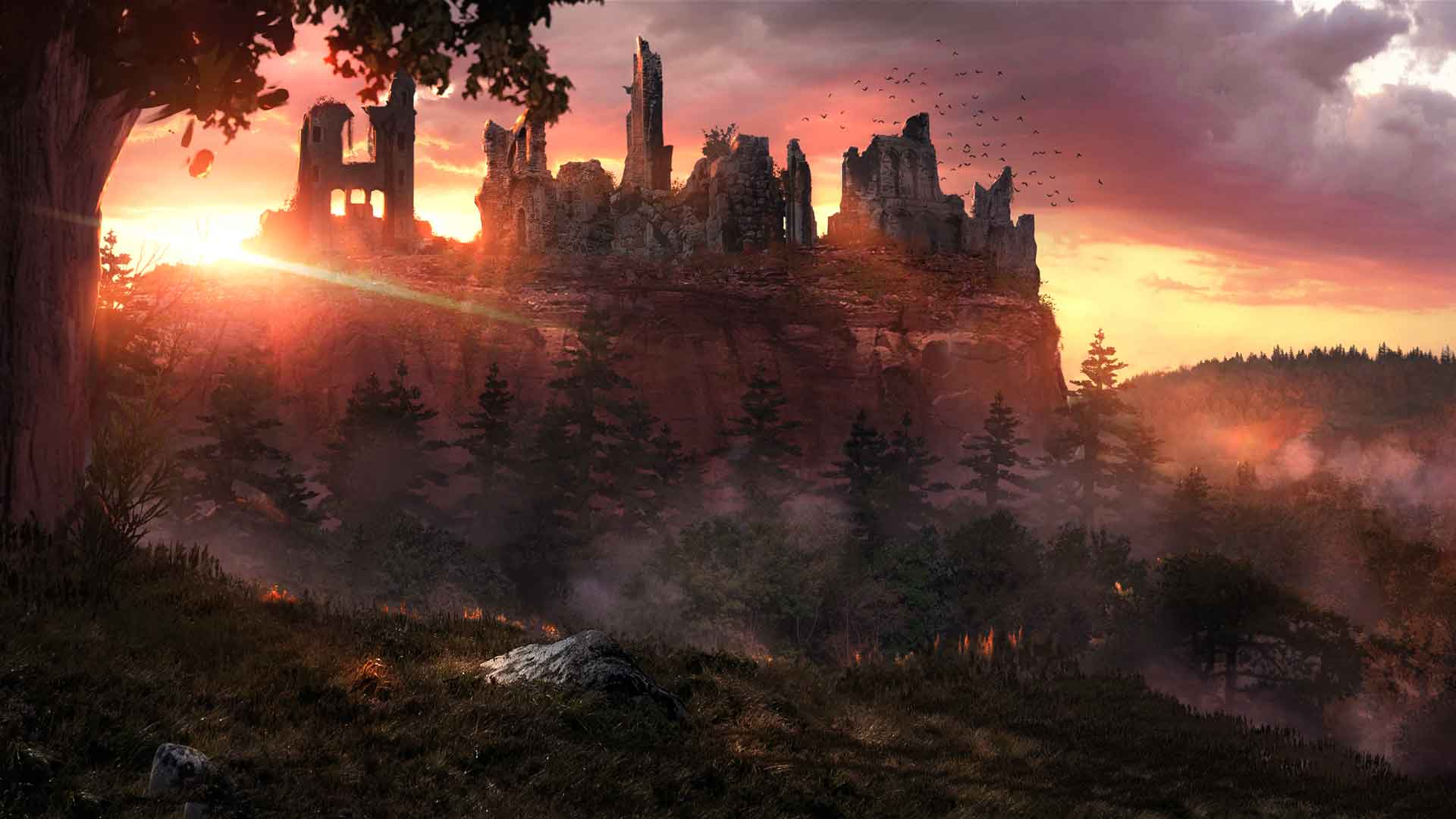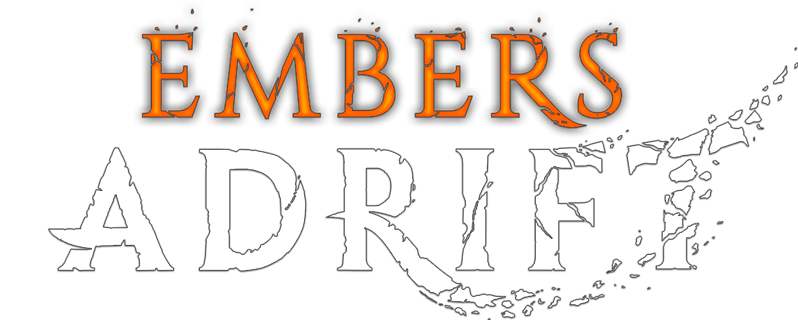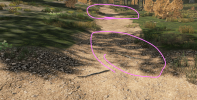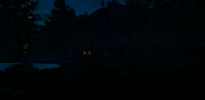Hello good day
Any performance guides or similar?
Searching "FPS" on forums is not often a lucrative venture
Or maybe some quick tips on what things cause most impact
At new starter zone in area, I'm getting around 35 frames on 3440X1440 with 1080Ti and Ryzen 5 7600x
The CPU use % is low at around 25% and yet CPU is running at temperature that's comparative to program that's utilizing over 60%
Normally MMORPGs draw more from the CPU than GPU
Just wondered whether that's me or the game or ... because it's pretty painful
I have tried going through each setting and changing them around. About the only thing that stands out is the additional LOD distance sliders for Vegetation and Trees, or the native resolution scaler
Vegetation LOD management is more impacting than shadows, which seem to happily draw very far without any frame loss
( which is welcome because it looks way better [on that note, maybe developers consider making the current 125% the default)
Resolution scaler tool tip is not very clear
It's seemingly indicating that once you downscale it will auto upscale using FSR(presumably FSR1?)
Is that accurate?
If so, any plans for FSR2 as it's definitely going to make things look better when lowering this slider
Any performance guides or similar?
Searching "FPS" on forums is not often a lucrative venture
Or maybe some quick tips on what things cause most impact
At new starter zone in area, I'm getting around 35 frames on 3440X1440 with 1080Ti and Ryzen 5 7600x
The CPU use % is low at around 25% and yet CPU is running at temperature that's comparative to program that's utilizing over 60%
Normally MMORPGs draw more from the CPU than GPU
Just wondered whether that's me or the game or ... because it's pretty painful
I have tried going through each setting and changing them around. About the only thing that stands out is the additional LOD distance sliders for Vegetation and Trees, or the native resolution scaler
Vegetation LOD management is more impacting than shadows, which seem to happily draw very far without any frame loss
( which is welcome because it looks way better [on that note, maybe developers consider making the current 125% the default)
Resolution scaler tool tip is not very clear
It's seemingly indicating that once you downscale it will auto upscale using FSR(presumably FSR1?)
Is that accurate?
If so, any plans for FSR2 as it's definitely going to make things look better when lowering this slider
Last edited:





